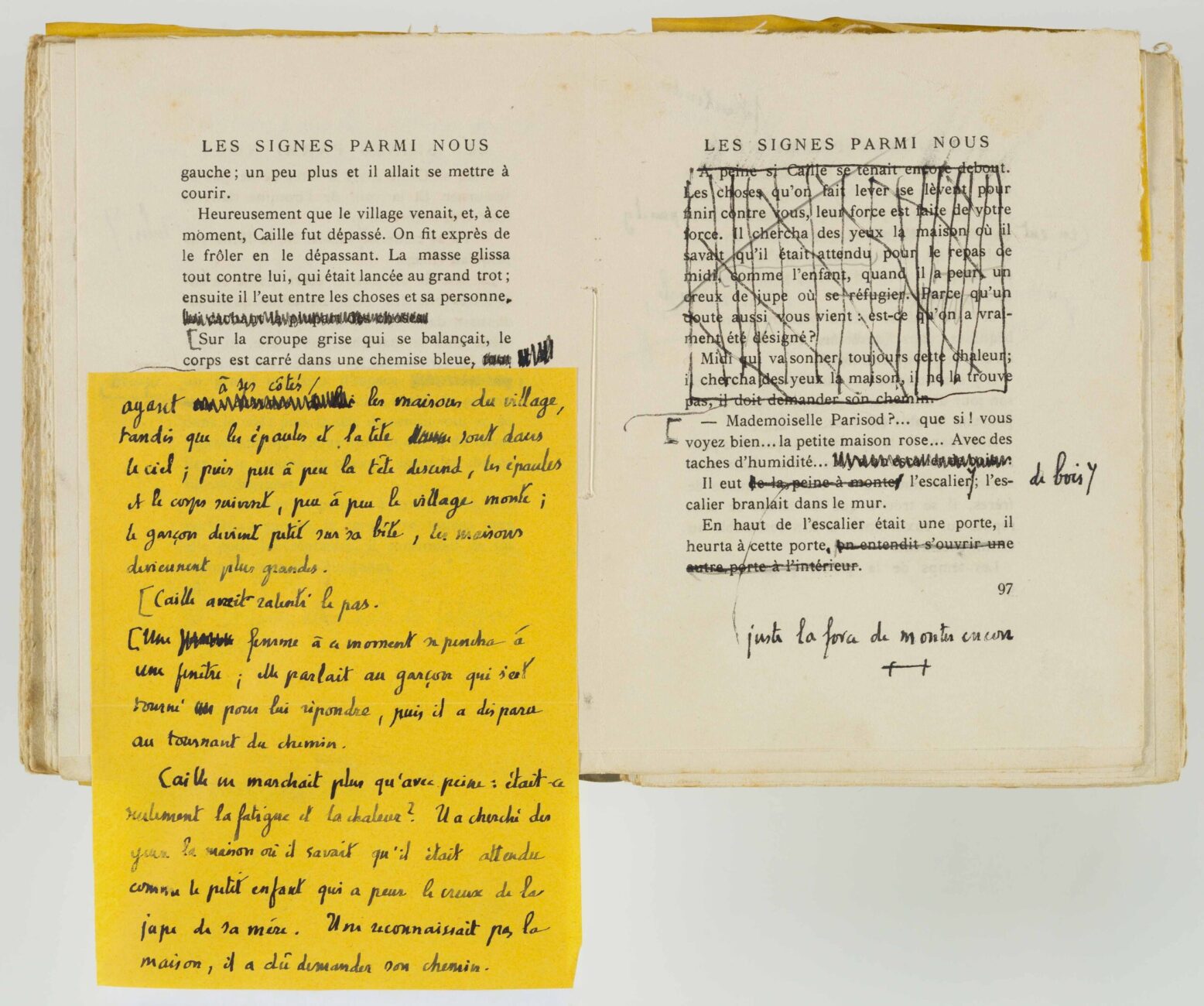Les Signes parmi nous (1919) follows the arrival of Caille, a Bible peddler, in a small lakeside town in July 1918. He has come to sell pamphlets and announce the end of the world. At first, the townspeople ignore him, concentrating instead on their surroundings and the worries that trouble them. Life at the end of the war is harsh, even in Switzerland: in the unseasonably hot weather, men are falling ill with fever, caught by the Spanish flu; soldiers are returning in coffins; prices are soaring, and workers are on strike. Then a thunderstorm breaks out, and people begin to believe Caille’s speech and adhere to the prophecy: perhaps the Signs of the Apocalypse are present after all, in the form of all these misfortunes. The storm passes; they wake up from the dream into which the biblical imagination has plunged them, and realize that the world is still there, that they are still alive. So they get back to work, and back to their old lives. The final word, full of hope, is left to the lovers, who spent the night of the storm together, in the hayfields, and are looking to the future.
Maybe it’s true, maybe what he says is true, maybe he does know things. And there are those who are indifferent, but there are also those who get angry; a woman shook her fist at him; a man passing by stopped:—What are you doing here, you merchant of misfortune?
Les Signes parmi nous, 1919
Caption
Les Signes parmi nous, copy of the original 1919 edition corrected for reissue by Grasset, 1931
Collection C. F. Ramuz, BCUL, IS 5905/1/1/38/2
Reproduction: Laurent Dubois
